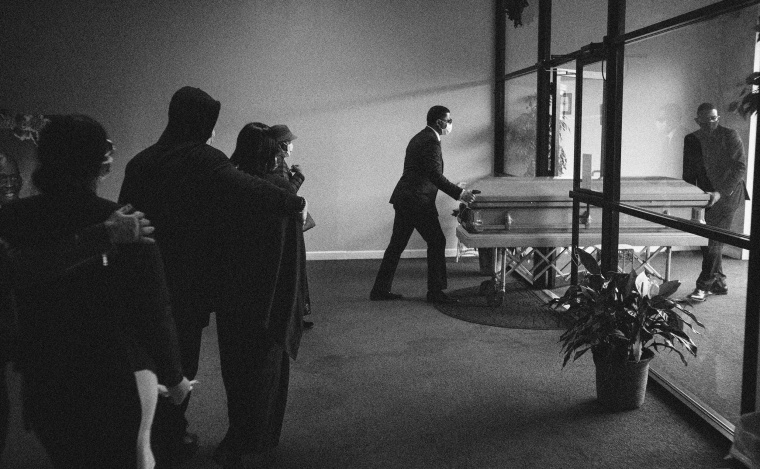On Dec. 31, 2019, Iraqi protesters stormed the U.S. Embassy in Baghdad, wildfires raged across Australia, the fugitive auto executive Carlos Ghosn confirmed he took refuge in Lebanon, and President Donald Trump, facing the start of his impeachment trial, held court at an annual New Year’s Eve party at his Mar-a-Lago resort.
The same day, in a development that barely seemed to register in the United States, Chinese officials in Wuhan confirmed dozens of cases of what appeared to be pneumonia, origins unknown. But the cause soon became clear: an outbreak of a new coronavirus and the ruthless disease it causes, COVID-19.
The first recorded fatality from the coronavirus in the United States, that of a man in his 50s in Washington state whose death was confirmed on Feb. 29, intensified concerns about the outbreak. Inside the offices of NBC News, the coronavirus had all but announced itself as the defining storyline of the year, and I began overseeing our 24/7 liveblog of daily news updates.
It soon became clear that COVID-19 would be an epochal chapter for the country. You could argue the realization dawned on March 11, with three developments: The World Health Organization declared that the coronavirus was now a pandemic; the NBA suspended its season after a player tested positive; and the American everyman Tom Hanks and his wife, actress Rita Wilson, announced that they, too, had COVID-19.
The coronavirus had now infected popular consciousness. It could not be ignored.
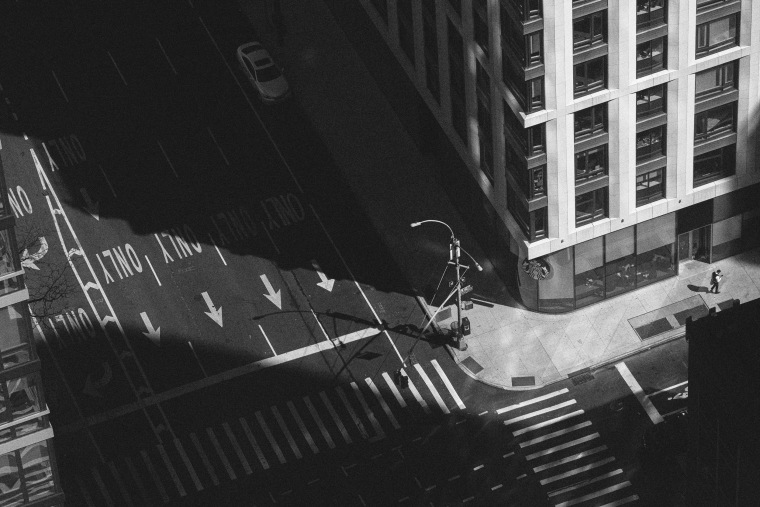
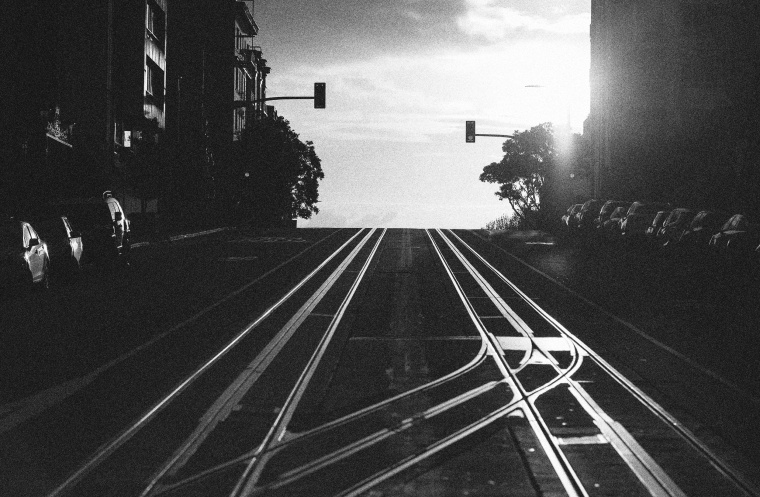
American life as we knew it was turned on its head — only temporarily, some insisted; irrevocably, others grimly predicted. In an alarming and surreal procession, public spaces were shuttered, offices emptied out, travel came to a halt, and millions of people retreated to their homes. The new landscape across the country and the world was grim. Hard-working people would lose their houses, their businesses, their jobs, their savings, their dreams.
But perhaps more disturbing were “the numbers” — the infection rates, the hospitalization rates, the fatality rates. The sometimes cold, clinical vocabulary of epidemiology and crisis response could barely disguise the unbearable reality: Americans were dying — first by the hundreds, then by the thousands, then by the tens of thousands — as hospitals turned into veritable war zones.
The scale of the loss can be difficult to absorb, partly because we are still learning about the exact nature of COVID-19, partly because local tallies are not uniformly reliable and partly because we are all consumed with our own domestic crises, from school closings and family separations to financial struggles and mental health challenges.
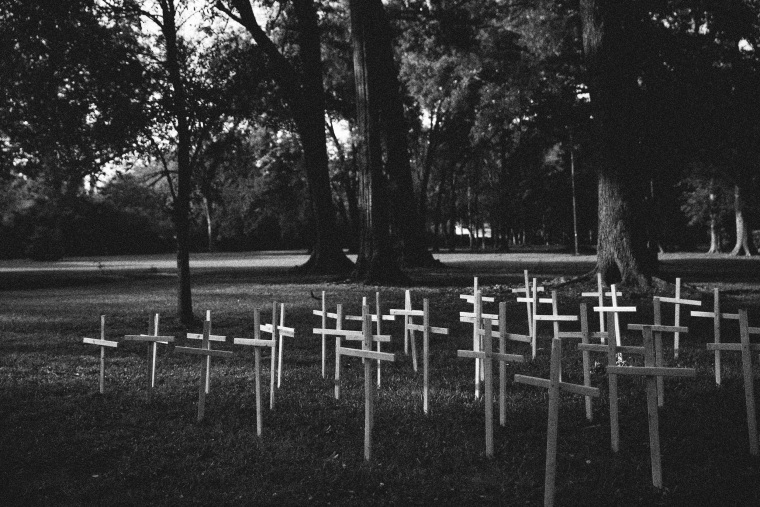
But mostly because sheer human tragedy of this magnitude is so rare in modern American history. As the U.S. reached the painful milestone of 100,000 coronavirus-related deaths Wednesday, that figure represents, approximately, the death toll from the 9/11 terror attacks multiplied by 33.
Mothers, fathers, daughters, sons, sisters, brothers, aunts, uncles, cousins, friends, neighbors, colleagues, strangers in our own towns and cities and states — 100,000 people gone, leaving unfathomable grief and confusion and anger in their wake.
In late April, NBC News published a project called “60 Lives, 60 Days.” It’s a page containing the names, ages and photos of 60 people who lost their lives to COVID-19, alongside short obituaries and vignettes about their lives. The effect is devastating, all the more so because these individuals represent only a tiny fraction of the national death toll.
The suffering of the last few months has been accompanied by astonishing feats of bravery and endurance from Americans on the front lines — doctors, nurses, medical researchers, essential employees in nearly every city, truck drivers, food delivery folks, sanitation workers. Not to mention heartening acts of decency from people far from the front lines.
So many Americans have met the moment: donating to charities, stitching masks and other personal protective equipment, supporting local restaurants and artists, commemorating birthdays with drive-by parades. (My 19-month-old son, for his part, recently hollered out the window of our New York City apartment during the nightly 7 p.m. cheer for front-line workers.)
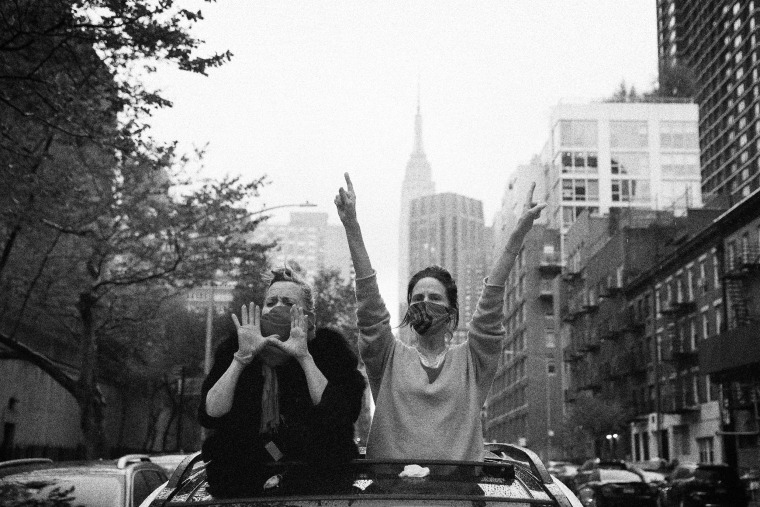
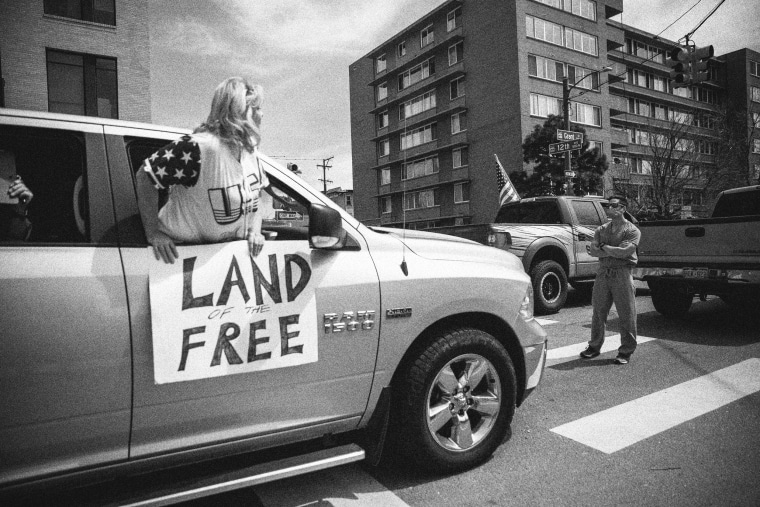
But even amid these acts of generosity and kindness, familiar social tensions and political battles have not abated, and some have escalated. The official guidelines around social distancing and wearing masks in public have been politicized, perhaps predictably, emerging as yet another front in our bitter and conspiracy-fueled culture wars. In one blinkered worldview, forgoing masks outdoors make you a patriot — no matter the dire risks posed to others.
In states like Michigan and Wisconsin, small but vocal bands of demonstrators have railed against the health and safety practices ordered by their governors. You could argue that the news media may have been unwise to magnify these protests at their peak, but the mere existence of these heated gatherings suggests something troubling about the country’s already frayed social fabric and the disinformation accelerating its disintegration.
Americans are also subjecting their federal government to rightful scrutiny. In suburban homes and urban apartments across the country, fury has mounted at President Donald Trump’s administration over news reports that it failed to act quickly and decisively enough to contain the early spread of the coronavirus and outfit states with desperately needed resources.
It seems clear, by now, that the nation's supply of masks, ventilators, hospital beds and other key tools was initially woefully inadequate. (NBC News has reported extensively on problems in the federal supply chain.) It is distressing but perhaps not altogether surprising that the ostensibly richest, most technologically advanced country on earth was caught flat-footed.
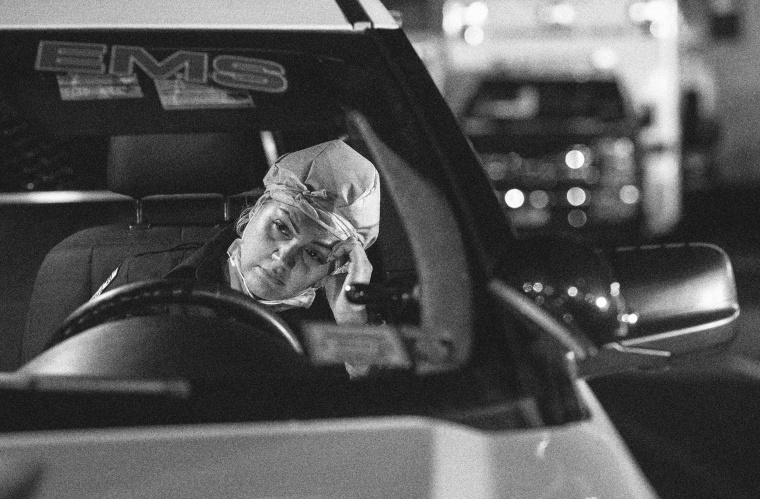
The deficiencies of America’s response to the crisis have put a spotlight on a wide array of structural inequalities and systemic issues, many of which predated Trump’s tenure in office. The coronavirus outbreak, not unlike the aftermath of Hurricane Katrina in 2005, has exposed a sad and infuriating underside to the supposed progress of the 21st century.
African Americans have been disproportionately affected by the coronavirus, in part because of systematic disparities in access to health care and housing. Many parts of rural America face crumbling infrastructure and lack of local medical care. The already fragile American middle class, still reeling from the late-2000s housing crash and global financial crisis, seems to teeter on the brink of despair.
The country’s most vulnerable populations, especially impoverished people of color and the uninsured with serious pre-existing health conditions, oftentimes pay a grave cost because of the institutional status quo.

In truth, no country mustered a perfect response to the outbreak, to the extent perfection is even attainable for a virus so stubborn, relentless and deadly. But as we mourn the 100,000 Americans who have been taken from us, it may be worth considering all the ways we — our government and its citizens — might have acted sooner.
In the meantime — amid the memorials, the virtual funerals, the fond remembrances, the touching tributes, the millions rushing to do their part, the millions struggling to stay afloat, and the political chaos that seems to overshadow it all — a simple truth has emerged:
America now sees itself far more clearly, for better or worse, and that clarity will determine how it rebuilds its future.
